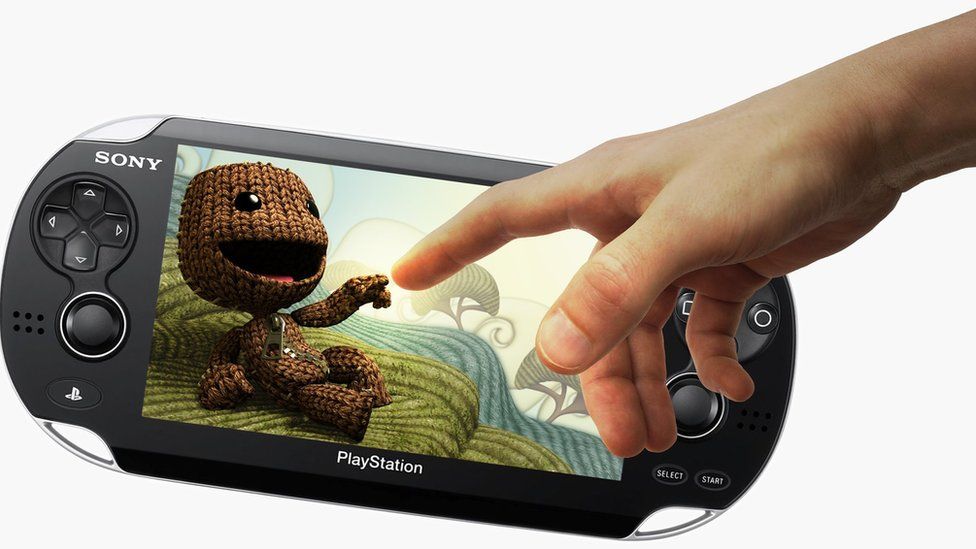Introduction
Welcome! In this in-depth guide, I will walk you through the various options for connecting multiple entertainment devices to your modern television and configuring a seamless home theater experience. With today’s televisions featuring multiple HDMI ports and built-in switching capabilities, it has never been easier to integrate all of your favorite media sources into one fluid system. Whether you want to simplify your setup or take advantage of new features, keep reading to learn how to get the most out of your connections.
Connecting to HDMI Ports
The HDMI interface has become the universal standard for multimedia connections, providing high-definition video and multi-channel audio over a single cable. Most newer TVs include three or more HDMI inputs, allowing you to permanently hook up devices like digital cable boxes, streaming sticks, gaming consoles, and Blu-ray players without ever needing to swap cables. Take some time to explore the rear panel of your television and identify each HDMI port’s designation, such as “HDMI 1”, “HDMI 2”, etc. This will help when choosing inputs using your remote control.
Setting Up Your Cable or Satellite Box
First, connect your cable or satellite receiver to one of the HDMI ports on the back of your TV using an HDMI cable. This provides an easy pathway to watch live television through a single input. Once plugged in, use your TV and cable box remotes to configure video and audio output settings. Turn on both devices and select the corresponding HDMI input on the television to display the cable signal. Confirm the connection works properly before moving on to additional sources.
Adding Your Gaming Console
Most game systems like PlayStation and Xbox support HDMI output for high-fidelity graphics and surround sound. Hook up your favorite console, whether it’s a current-generation PlayStation 5 or last-generation Xbox One, to another open HDMI port on the TV. Power on the console and select its designated input to view the output. With cable TV and gaming now set up through discrete inputs, you have instant access to both forms of home entertainment with a quick button press on the remote.
Using the Input Switching Features
Modern televisions provide input selection menus that allow browsing connected HDMI sources directly on the TV. Locate and explore these menus to discover additional features for controlling attached devices. Press the “Input” or “Source” button repeatedly to cycle through available HDMI ports on the TV. Alternatively, some remotes have dedicated number keys that correspond to each HDMI input for faster switching. With all entertainment components plugged in permanently, you can easily change between cable, gaming, movies and more from your couch.
Taking Advantage of CEC Control
HDMI specifications include CEC (Consumer Electronics Control) functionality to enable one-touch system control between devices. Many televisions and media players support CEC to allow automatic input switching when sources are powered on. For example, turning on a PlayStation 4 may cause the television to change inputs and power up automatically for a hands-free experience. Check your television and device manuals to determine CEC compatibility and setup instructions for integrating one-button control into your home theater layout.
Benefits of a Permanently Hooked Up System
Rather than constantly unplugging cables whenever you want to use a different source, a properly configured home theater allows all entertainment components to remain connected at all times. Besides being more convenient, this protects your TV’s HDMI ports from unnecessary wear that repeated plugging and unplugging could cause over time. Whether watching live sports, playing video games or streaming movies, simply click the input button to instantly switch between any source without cable hassle. A permanently connected system enhances the seamless user experience that today’s technology enables.
Using an HDMI Switch or Splitter
If your television only includes a single HDMI input, an external switch or splitter provides an affordable way to connect multiple devices simultaneously. An HDMI switch presents only one output source to the TV at a time by allowing the user to manually select which device is currently displayed. Meanwhile, an HDMI splitter replicates the video and audio signal to display all connected sources concurrently on separate sections of the screen, though only one can be actively controlled. Both accessories effectively expand a TV’s built-in connectivity for robust home theater personalization.
Keeping Your Home Theater System Future-Proof
By hooking everything up through HDMI and taking advantage of automatic input switching features, you have created a future-proof home theater configuration ready to integrate the latest devices and technologies. As new consoles, streaming devices, and updates are released, they can seamlessly plug into any open HDMI ports without disrupting your carefully crafted system. With proper planning up front and a few simple configuration steps covered here, your home entertainment oasis is now primed for stress-free enjoyment and expansion for years to come.
 Does Injustice 2 Require an Internet Connection to Play?
Does Injustice 2 Require an Internet Connection to Play?